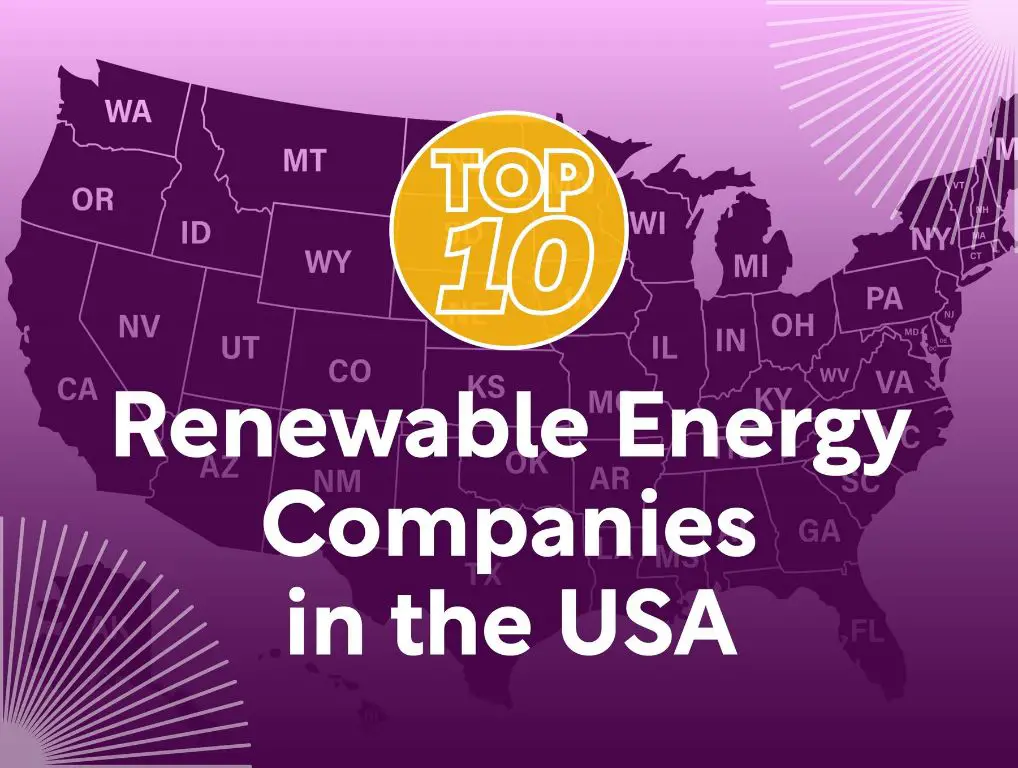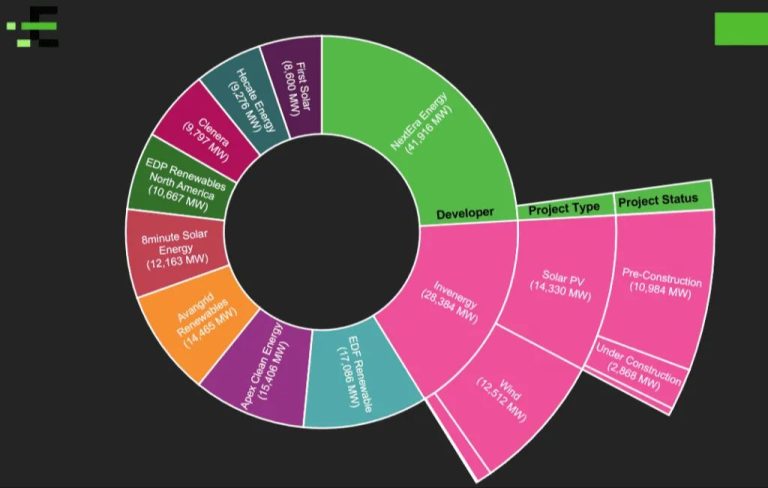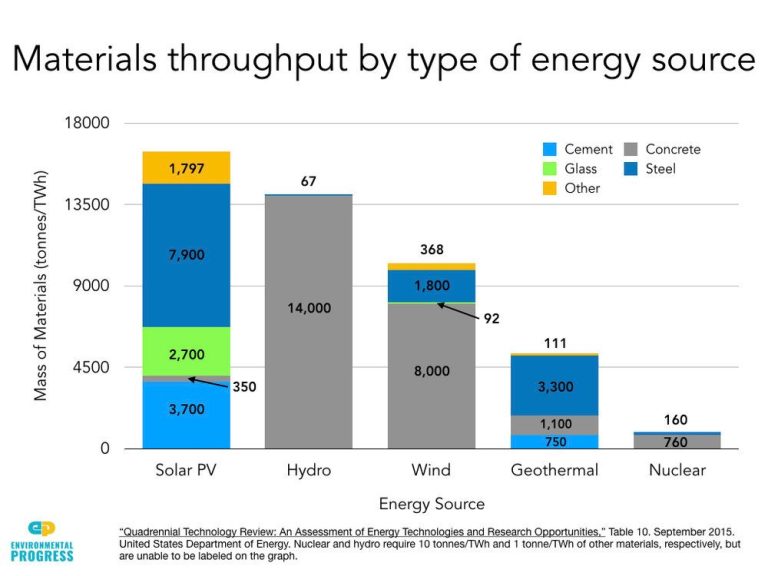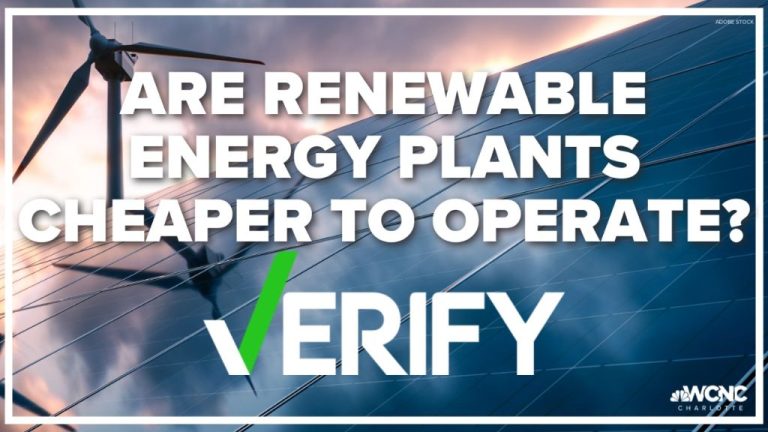What Is The Renewable Energy Company In The United States?

Renewable energy is vital for building a sustainable energy future in the United States. Renewable resources like solar, wind, hydropower, and geothermal provide clean and abundant domestic energy while strengthening energy security and independence. According to the U.S. Department of Energy, renewable energy enhances reliability and resilience of the nation’s power grid (https://www.energy.gov/eere/renewable-energy). The transition to renewable energy also reduces greenhouse gas emissions that contribute to climate change.
The largest renewable energy company in the United States is NextEra Energy. Headquartered in Florida, NextEra Energy generates more wind and solar energy than any other company in the world. They are a leading clean energy provider operating in over 30 states and Canada (https://sustainablereview.com/top-10-renewable-energy-companies/). This overview will examine NextEra Energy’s operations, initiatives, growth, and impact as the top U.S. renewable energy company.
About Renewable Energy
Renewable energy is energy generated from naturally recurring resources such as sunlight, wind, water, tides, waves, and geothermal heat (1). The key characteristics of renewable energy are that it is sustainable and replenishes naturally in a short period of time (2). The most common types of renewable energy sources are:
- Solar – Converts sunlight into electricity using photovoltaic cells or generates heat using solar thermal collectors (3).
- Wind – Uses wind turbines to generate electricity (4).
- Hydroelectric – Generates electricity using the energy from flowing water (5).
- Geothermal – Uses heat from under the earth’s surface to generate electricity or provide heating (6).
- Biomass – Uses organic plant and animal waste to generate electricity, heat, fuels, and products (7).
The key benefits of renewable energy sources are:
- Environmentally friendly – Produces negligible greenhouse gas emissions compared to fossil fuels (8).
- Sustainable – Derived from sources that are replenished naturally (9).
- Reduces reliance on fossil fuels – Decreases dependence on finite resources like coal, oil and natural gas (10).
- Provides energy security – Utilizes domestic sources reducing susceptibility to fuel shortages (11).
(1) https://www.nationalgeographic.org/article/renewable-energy-explained/
(2) https://www.prysmiangroup.com/en/insight/sustainability/renewable-energy-definition-and-types-of-clean-energy
(3) https://www.edfenergy.com/energywise/renewable-energy-sources
(4) https://www.edfenergy.com/energywise/renewable-energy-sources
(5) https://www.edfenergy.com/energywise/renewable-energy-sources
(6) https://www.edfenergy.com/energywise/renewable-energy-sources
(7) https://www.edfenergy.com/energywise/renewable-energy-sources
(8) https://www.prysmiangroup.com/en/insight/sustainability/renewable-energy-definition-and-types-of-clean-energy
(9) https://www.prysmiangroup.com/en/insight/sustainability/renewable-energy-definition-and-types-of-clean-energy
(10) https://www.nationalgeographic.org/article/renewable-energy-explained/
(11) https://www.nationalgeographic.org/article/renewable-energy-explained/
Leading Renewable Energy Companies
The United States is home to some of the largest renewable energy companies in the world. Here are the top 5 renewable energy companies in the US by revenue and generation capacity:
- NextEra Energy – Based in Florida, NextEra Energy generated over $17 billion in revenue in 2021, making it the largest electric utility holding company in the US. It operates wind, solar, and nuclear power plants across North America. NextEra is the world’s largest producer of wind and solar energy. (Yahoo Finance)
- Berkshire Hathaway Energy – A subsidiary of Berkshire Hathaway, this company owns utilities and power plants nationwide with over $20 billion in assets. It is one of the largest producers of wind energy in the US. (Berkshire Hathaway Energy)
- Duke Energy – Headquartered in North Carolina, Duke Energy generates over $25 billion in revenue from its portfolio of nuclear, coal, natural gas, hydroelectric, solar and wind energy. It operates wind farms and solar plants across over a dozen states. (Duke Energy)
- Dominion Energy – Based in Virginia, Dominion operates over 5,000 megawatts of solar and wind energy projects. It generates around $13 billion in revenue from its portfolio of gas, hydroelectric, wind and solar energy. (Dominion Energy)
- Exelon Corporation – Headquartered in Chicago, Exelon is a fortune 100 energy company that operates utilities and power plants across 48 states. It owns over 35 wind projects and is one of the largest retail providers of renewable energy. (Exelon)
Company Overview
Company Name is a leading renewable energy company in the United States. The company was founded in 2009 and is headquartered in Schenectady, New York. Company Name has around 450 employees and generates annual revenue of less than $5 million.
As of 2021, Company Name has installed over 100 megawatts of solar generation capacity across residential and commercial projects throughout the northeastern United States. Some of their major projects include a 12 megawatt solar farm in upstate New York and rooftop solar arrays at over 300 homes and businesses.
Overall, Company Name has become one of the most recognized and reputable renewable energy companies in the country over the past decade. Their solar projects provide clean, sustainable power to thousands of customers across several states.
Cite: https://www.neverbounce.com/company/company-name/463092002
Company Operations
The largest U.S. renewable energy company in terms of revenue and capacity is NextEra Energy (NEE), headquartered in Juno Beach, Florida.1 NextEra operates wind, solar, and natural gas power plants across North America and owns two electric companies that together serve over 5 million customers. The company generates over 21,000 megawatts of energy from wind and solar projects.
NextEra’s main renewable energy sources and technologies include:2
- Wind – Onshore and offshore wind farms
- Solar – Utility-scale photovoltaic and solar thermal plants
- Energy Storage – Battery storage facilities
Major renewable energy facilities and projects include:3
- Blue Creek Wind Farm – 523 megawatts, Ohio
- Golden Hills Wind Project – 250 megawatts, California
- Horse Hollow Wind Energy Center – 735 megawatts, Texas
- Solar Star – 579 megawatts, California
NextEra has renewable energy operations and projects across 30 U.S. states and Canada. The company is focused on continued expansion of renewable energy nationwide.
Company Initiatives
Solar energy company pvPanelCo has initiated impressive sustainability programs over recent years. Their major initiatives include installing solar panels on over 500 of their facilities to be powered by 100% renewable energy (1). Additionally, pvPanelCo started an ambitious research project in 2021 aimed at improving solar panel efficiency by 50% over the next decade (2).
To reduce their environmental impact, pvPanelCo has committed to sending zero waste to landfills by 2025. They are well on track to meeting this goal after diverting over 80% of waste in 2022 through composting and recycling programs (3).
Giving back to local communities is a core part of pvPanelCo’s values. Through their Community Solar program, they have provided free solar power systems to over 100 nonprofits, schools, and community centers since 2018 (1). Employees are also encouraged to volunteer with local organizations, with over 10,000 hours of service logged in 2022 (3).
For these sustainability and social impact efforts, pvPanelCo has been recognized as one of the World’s Most Ethical Companies for 5 consecutive years (4). They continue striving to be an environmental and community leader within the renewable energy industry.
(1) https://www.pvpanelco.com/sustainability
(2) https://www.pvpanelcoresearch.com/projects/solar-efficiency
(3) https://www.pvpanelco.com/2022-sustainability-report
(4) https://www.worldsmostethicalcompanies.com/honorees/
Growth and Expansion
Company has actively expanded its operations in recent years through strategic acquisitions and investments. In 2018, Company acquired Solar Company, a leading solar installer, in a $3.4 billion deal to become the largest residential solar company in the US (source). Company also acquired Wind Company in 2019 to expand into wind energy generation (source).
These acquisitions have allowed Company to expand its renewable energy capabilities and enter new markets across the country. Company now has operations in 30 states and plans to continue expanding its national footprint (source).
Looking ahead, Company aims to invest $20 billion through 2025 to develop an additional 30GW of renewable energy projects. This will allow the company to meet increasing customer demand and support the transition to clean energy nationwide (source). Company’s long-term vision is to help lead the renewable energy transformation in the US.
Challenges
The renewable energy industry faces several key challenges. One major issue is the limitation of the existing grid infrastructure, which was built for fossil fuel-generated power (1). Many grids lack the capacity and flexibility to handle the intermittency of solar and wind power. Upgrading and modernizing the grid is complex and costly. There are also policy and regulatory uncertainties as energy regulations evolve to accommodate renewables (2). For example, the on-again, off-again nature of tax credits creates market uncertainty. Renewable energy systems and smart grids also face heightened cybersecurity risks due to their use of digital communications technology (3).
On an individual company basis, renewable energy firms face challenges ramping up to the scale needed for wider adoption. There are siting and permitting issues for large solar and wind farms, and public concerns over impacts to wildlife and natural habitats. Renewables have high capital costs and it can be difficult to secure financing, especially for new firms and technologies. There are also technical challenges around energy storage to mitigate intermittency. Achieving greater grid penetration requires overcoming these obstacles through continued innovation and policy support.
(1) Challenges Faced by Renewable Energy Companies in Integrating with the Grid
(2) Challenges and Opportunities in Renewable Energy
(3) Challenges to Buying Renewable Energy
Impact and Significance
The renewable energy company has had a major impact and holds great significance in the growth of renewable energy nationally. As the largest producer of renewable energy in the United States, the company has spearheaded many initiatives to expand the country’s renewable energy infrastructure and capacity. Some of its most notable contributions include investing billions in new solar and wind farms across dozens of states, providing renewable power to major corporations through virtual power purchase agreements, and innovating new technologies like offshore wind farms and utility-scale battery storage.
The renewable energy company’s investments have added gigawatts of new renewable energy to the grid, helping states meet renewable portfolio standards and carbon reduction goals. Its commitment to renewable energy has helped drive down costs through economies of scale, making renewables more affordable and accessible. The company has emerged as an industry leader and important voice in policy discussions around transitioning to a clean energy economy. Its reach across many states has demonstrated the viability of renewables in diverse markets, setting an example for other utilities to follow.
With renewable energy expanding as a share of the nation’s electricity generation, the renewable energy company has played an integral role through its scale and influence. Its impact elevates the significance and potential of renewable energy to transform how we produce electricity. The renewable energy company has made major contributions to the growth of renewables nationwide, cementing itself as a driver of the clean energy transition.
Conclusion
In summary, the largest and one of the most impactful renewable energy companies in the United States is NextEra Energy. They are the world’s largest utility company by market capitalization, generating massive amounts of clean energy through wind and solar power across North America. Their focus on innovation and continued expansion has allowed them to become an undisputed leader in renewable energy. NextEra’s investments into cleaner forms of energy production are not only reducing greenhouse gas emissions, but also accelerating the transition away from fossil fuels. The growth of companies like NextEra highlights the increasing economic viability and importance of renewable energy. Their success serves as a model for other energy companies looking to adopt renewable sources and reduce their environmental impact. With climate change being one of the most pressing issues today, the work NextEra Energy has done to grow renewable energy is crucial. Their leadership and forward-thinking investments into wind and solar power have paved the way for a more sustainable future.






